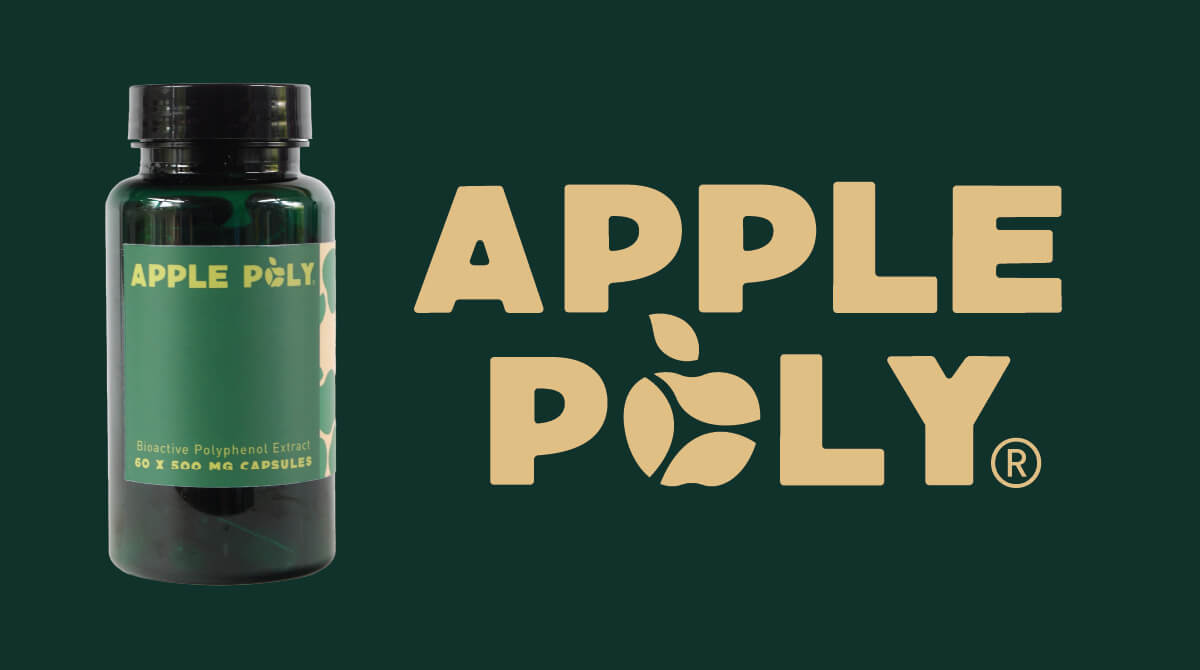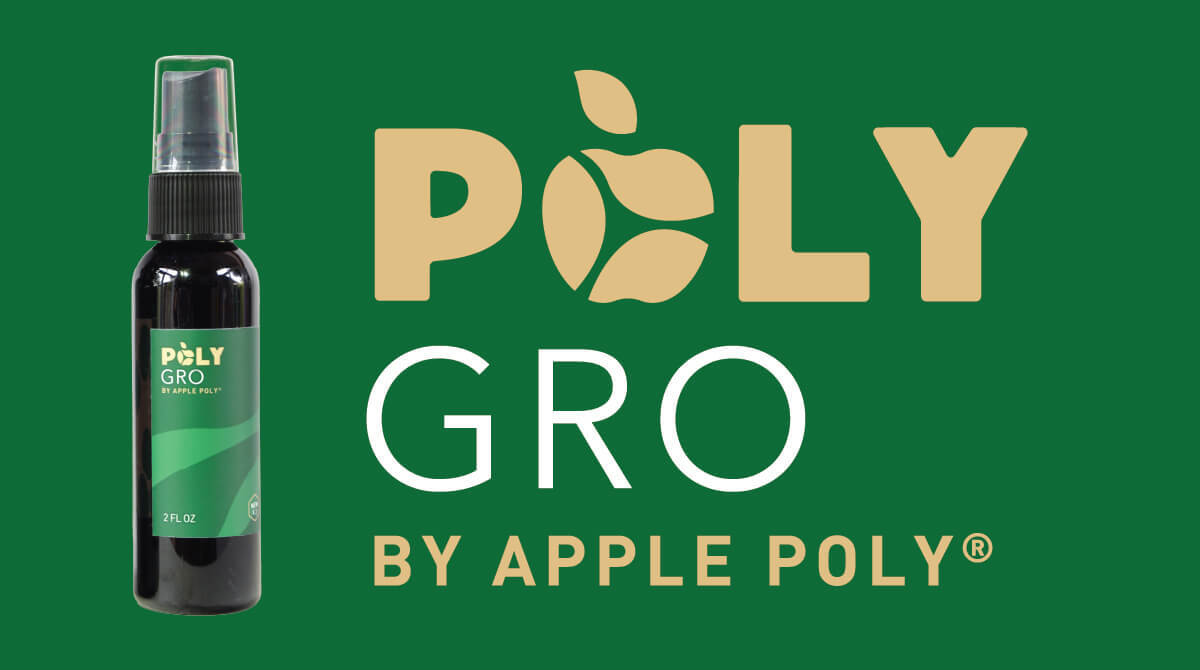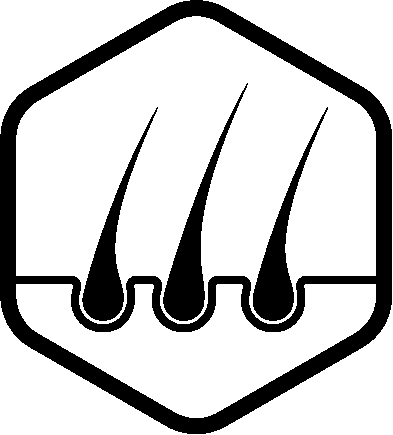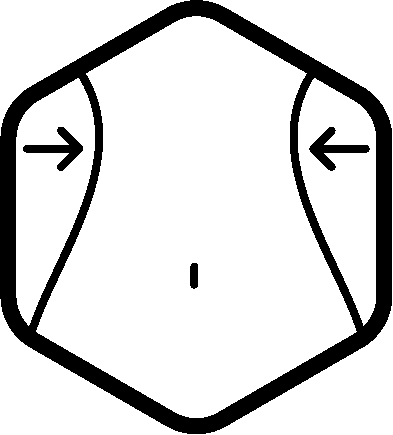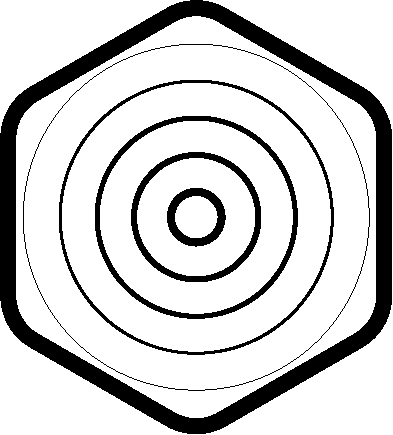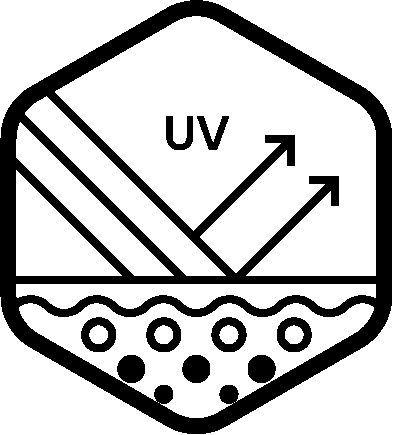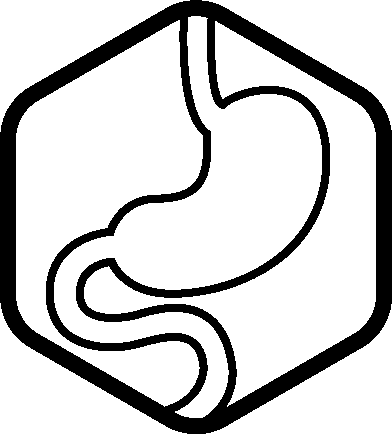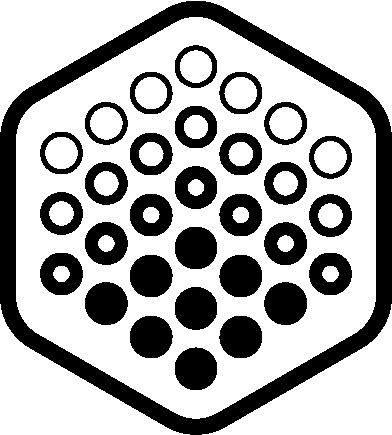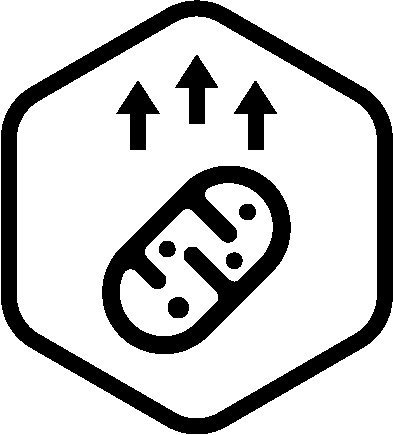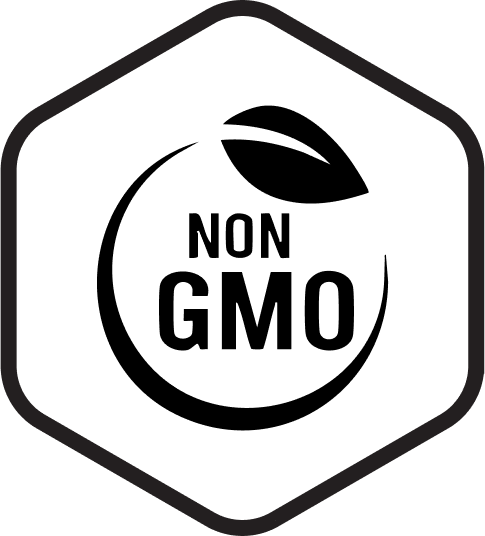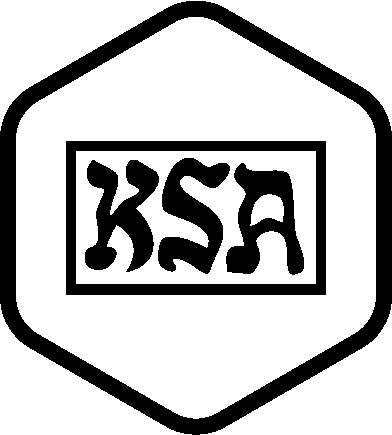Publication Date:
2018-11-20
Institutions involved:
- Department of Pharmacy, University of Naples Federico II
- Department of Pharmacy, University of Salerno
- PhD Program in Drug Discovery and Development, University of Salerno
- Department of Clinical Medicine and Surgery, University of Naples Federico II
Participants:
Model: Murine (mouse) hair follicles response to taxane chemotherapy and apple polyphenol extract.
Duration:
Typical in vitro follicle culture experiments span 48–96 hours.
Dosage:
Concentration: 400 mcg/mL, rich in procyanidin B2, applied directly to murine hair follicle organ cultures.
Learn more
Try Apple Poly Now
Key Takeaways:
Chemotherapy-induced hair loss is a real hardship for many cancer patients. Apple procyanidins may protect hair follicles from damage, helping regrowth after treatment.
Apple extract’s mechanism offers a novel nutraceutical strategy for managing chemotherapy-induced alopecia without compromising cancer therapy.
"In our recently published clinical trial, we have proved that the consumption of AAE is able to promote hair growth in healthy subjects and to increase hair number, hair weight and keratin content in humans."
Apple Poly Summary:
Why Is This Study Important? This study addresses a major unmet need: protecting hair follicles during chemotherapy without compromising cancer treatment. It shows that apple polyphenol extracts can preserve follicle integrity by shifting cellular metabolism away from nucleotide synthesis and toward energy production. This mechanism avoids stimulating mitosis—making it safe for oncology patients—and opens the door to nutraceutical solutions for hair loss.
In Plain English: Apple polyphenols helped mouse hair follicles survive chemotherapy-like damage. They changed how cells make energy, helping protect hair without interfering with cancer treatment.
For Medical Professionals: Procyanidin-rich Annurca apple polyphenolic extract (AAE) protects murine hair follicles from taxane-induced dystrophy by promoting mitochondrial β-oxidation and suppressing the Pentose Phosphate Pathway. This metabolic reprogramming reduces nucleotide synthesis, avoiding mitotic stimulation and making AAE compatible with chemotherapy regimens.
Abstract:
Chemotherapy-induced alopecia (CIA) is a common side effect of conventional chemotherapy and represents a major problem in clinical oncology. Even months after the end of chemotherapy, many cancer patients complain of hair loss, a condition that is psychologically difficult to manage. CIA disturbs social and sexual interactions and causes anxiety and depression. Synthetic drugs protecting from CIA and endowed with hair growth stimulatory properties are prescribed with caution by oncologists. Hormones, growth factors, morphogens could unwontedly protect tumour cells or induce cancer cell proliferation and are thus considered incompatible with many chemotherapy regimens. Nutraceuticals, on the contrary, have been shown to be safe and effective treatment options for hair loss. We here show that polyphenols from Malus pumila Miller cv Annurca are endowed with hair growth promoting activity and can be considered a safe alternative to avoid CIA. In vitro, Annurca Apple Polyphenolic Extract (AAE) protects murine Hair Follicles (HF) from taxanes induced dystrophy. Moreover, in virtue of its mechanism of action, AAE is herein proven to be compatible with chemotherapy regimens. AAE forces HFs to produce ATP using mitochondrial β-oxidation, reducing Pentose Phosphate Pathway (PPP) rate and nucleotides production.

Riccio, Gennaro, et al. “Annurca Apple Polyphenols Protect Murine Hair Follicles from Taxane-Induced Dystrophy and Hijack Polyunsaturated Fatty Acid Metabolism toward β-Oxidation.” Nutrients, vol. 10, no. 11, 2018, p. 1808. MDPI, https://doi.org/10.3390/nu10111808..
